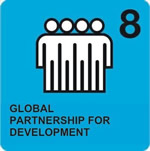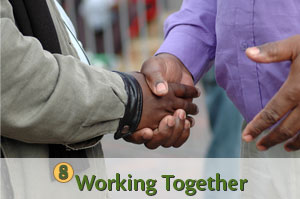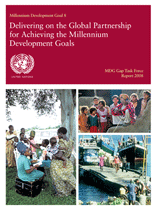| |
UNICEF National Committees represent UNICEF throughout the industrialized world, advocating for children and for meeting the Goals. They establish relationships with private sector partners, volunteers and donors, raising nearly a third of UNICEF’s income. The Japan National Committee, which celebrated its 50th anniversary in 2005, was the first Committee to have raised more than $100 million in a single year for UNICEF. The Czech Committee works with a national magazine that has improved coverage of UNICEF initiatives such as birth registration and ending child labour. The Belgian Committee mobilized an aircraft to send emergency supplies just hours after an earthquake devastated the city of Bam in the Republic of Iran.
Governments are an essential link in any UNICEF activity and one reason why many of its activities include research-based advocacy. Building on field experience and in alliance with other UN agencies, UNICEF works to stimulate dialogue on national frameworks, legislative reforms and budget allocations affecting children and women.
Corporations have joined forces with National Committees an d Country Offices to raise awareness and funds for UNICEF. Check Out for Children, a partnership with Starwood Hotels and Resorts, has helped UNICEF immunize over 500,000 young people with donations of $10 million since 1995. IKEA and UNICEF teamed up to end child labor in India. The five-year, $1.4 million alliance focuses on prevention and elimination of child exploitation in the carpet belt of Uttar Pradesh. The initiative reached 402,000 people in 200 villages by the end of 2003.
Delivering on Global Partnership
and access to new technologies and to affordable medicines. In moving toward 2015, urgent
reponses are needed to bridge the existing implementation gaps to make good on the promises
made to achieve the Millenium Development Goals. A report by the UN Millenium Development
Goals Gap Task Force identifies these gaps in detail and provides recommendations to all major
stakeholders on how to address these gaps.
| ||||||||||||||||||||||||






